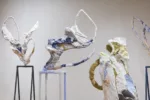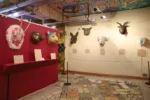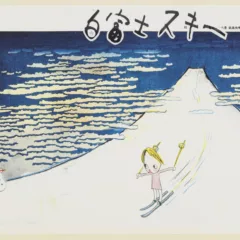Jonathan Fineberg, A Troublesome Subject: The Art of Robert Arneson
(U of California Press, Berkeley: 2013) ISBN 978-0-520-27383-2
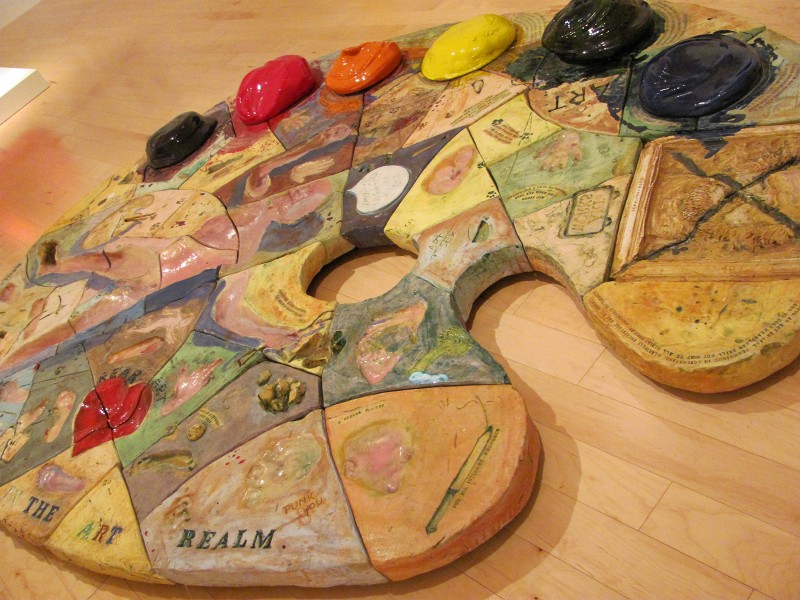
Robert Arneson was a major figure in American art of the 1970s and ’80s, and if the canon hasn’t caught up with him, it will. Arneson had four strikes against him as far as the mythmakers of the art world go: 1) he lived in California, and not even in a major urban center—but in Davis and Benicia; 2) he created figurative work when it was unfashionable; 3) he worked in clay, and 4) his work often employed humor. He has received the treatment due him with this excellent study by Jonathan Fineberg, who takes a broad look at his subject, both the man and his work, that is respectful of the artist and reflects a belief in the power of art as both a reflection and criticism of society.

This handsomely designed monograph offers a full, visual survey of Arneson’s career, with extensive, color images that are a rare luxury in a book unconnected to a funded museum exhibition. This alone will make it a valuable introduction to the range of Arneson’s sculpture as well as his lesser-known but equally remarkable drawings. Fineberg situates Arneson’s work not only in relation to his biography and to the regional as well as the national art scenes, but also in the context of American culture at large. He examines Arneson’s use of his own visage as both the template on which he developed his ideas, and an exploration of the general culture of narcissism of the period.
For readers with a particular interest in ceramics, the heavily annotated chronology includes information on Arneson’s studio practices, with specifics about materials and techniques that provide an invaluable resource. For everyone else, it will be a welcome survey of an artist who used vernacular language and yes, humor, to create an art of remarkable sophistication and depth.
Sarah E. Thompson, Hokusai
(MFA Publications, Boston: 2015) ISBN978-0-87846-825-6
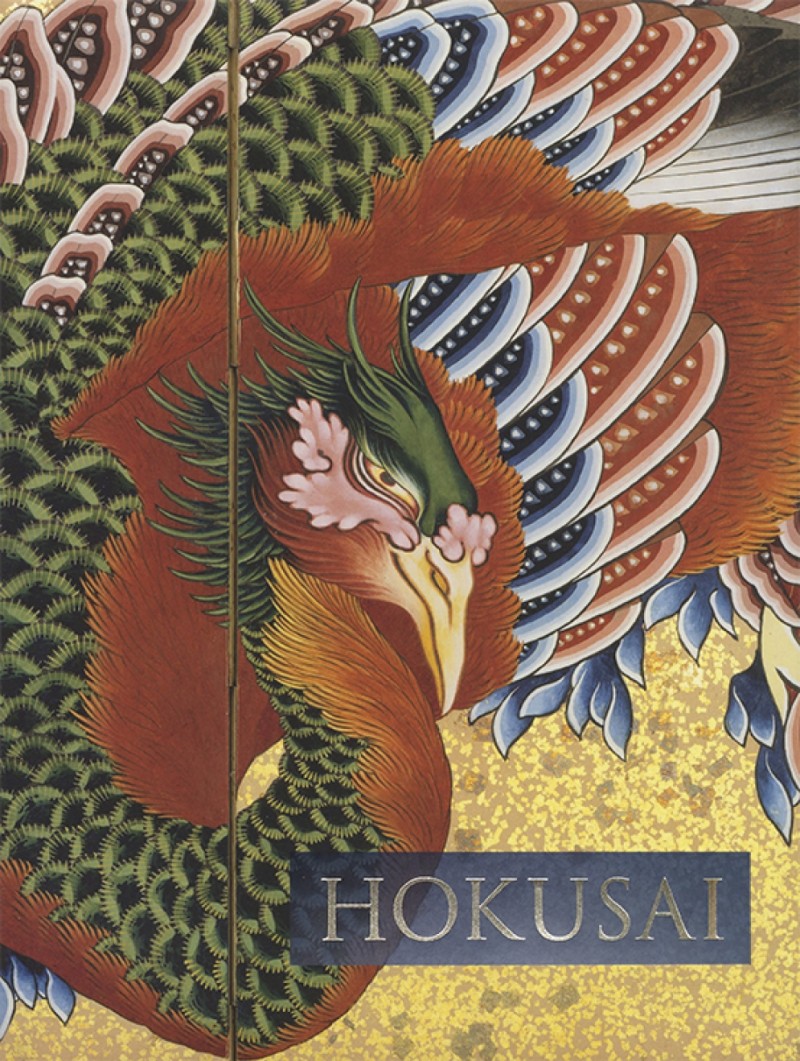
This elegantly produced exhibition catalog provides a delightful overview of Hokusai—the most celebrated artist of the popular art form of Japanese woodblock prints. He is widely known for his image of “The Great Wave”—one of those rare artworks that is better-known through parodies and commercial appropriation than by the many respectful variants done by later artists. The volume includes wonderful illustrations and enlarged details that give a much better view of the skill of the woodcarvers and printers who collaborated in producing Hokusai’s designs than one could get from seeing the prints on display. Printmaking was always a collaborative endeavor, and Hokusai was the rare artist with actual experience of the block carver’s craft.
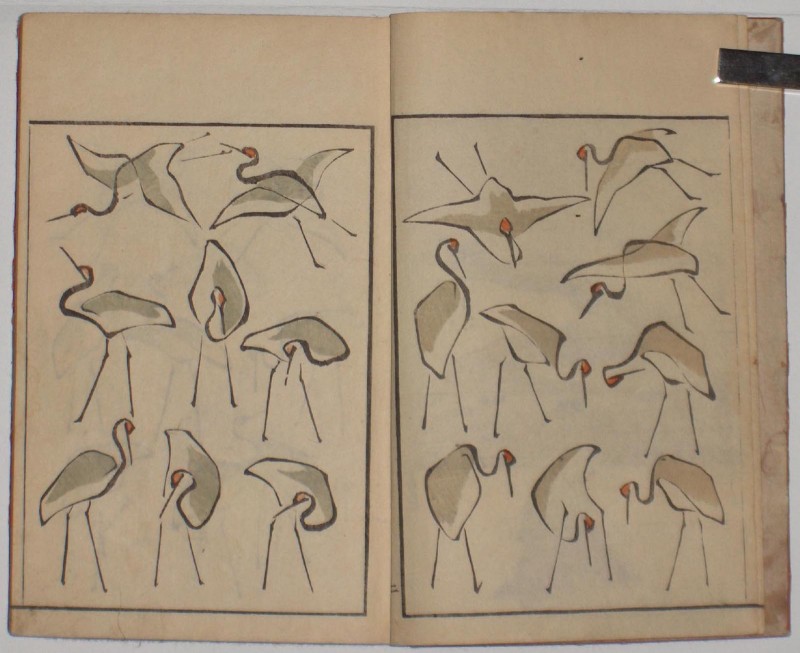
Sarah Thompson emphasizes the artist’s intellectual ingenuity in an essay that is highly readable and will greatly interest a general audience. She discusses Hokusai’s biography, the social and artistic circumstances in which he worked, and changing politics and technology that affected his production. The most significant technical change was the development of a synthetic blue that was more stable than indigo, and Thompson’s account of its ramifications is lively and clear. The artist was known as an eccentric, and anecdotes suggest that he emphasized this as part of his brand—producing billboard-sized drawings in front of live audiences, and carrying a chicken with him when invited to court and incorporating the bird’s tracks in a painting executed before the emperor.
The catalog entries are worth reading for the supplementary information they provide, largely about the artist’s subjects. The works cover a much wider range than the familiar landscape prints and include ink sketches, paintings, a banner painted on cloth, illustrated books and manuals for other artists, a game board, paper lanterns, advertising prints meant to hang on posts within houses, a painted screen to surround a bed, and prints known as “cut-out lantern pictures,” made to be cut and arranged as on a stage, with scenic flats and figures in front of them; the book includes delightful illustrations using reproductions that have been cut and set up as intended. There are also several illustrations of multiple states of prints that elucidate Hokusai’s method of working. The volume includes a bibliography and an essay by Joan Wright and Philip Meredith discussing how the artist’s virtuosity of technique contributed to his artistry.
Iwona Blazwick, ed., Adventure of the Black Square: Abstract Art and Society 1915-2015
(Whitechapel Gallery, London and Prestel, Munich: 2015) ISBN 978-3-7913-5444-6
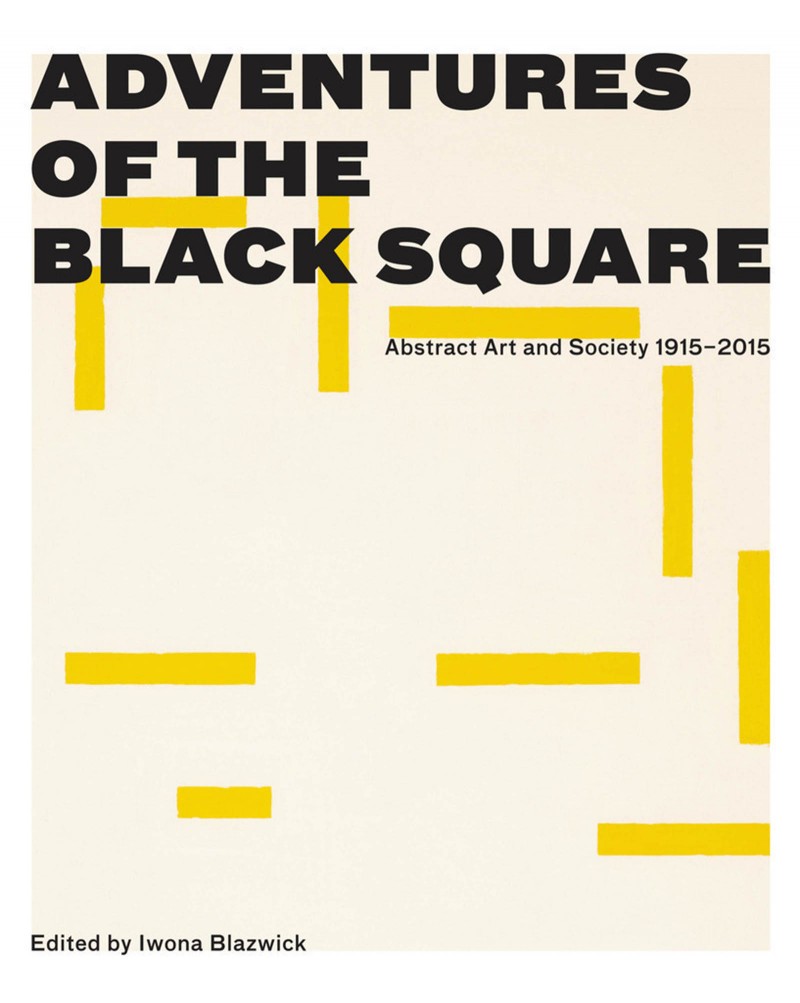
This catalog to one of the many exhibitions organized in celebration of the centenary of Malevich’s “Black Square” will fascinate anyone interested in the social aspirations of geometric abstraction during the past century. While it includes the expected Russian and European early Modernists, it also features lesser known but extremely interesting later artists, such as Adrian Esparza, Judith Lauand, Anna Parkina, and Hassan Sharif. It is, for the most part, not a North American story; abstraction in the U.S. has had a more consistent focus on formal and spiritual concerns, although interest in its political possibilities has picked up over the past several decades in work by Dan Flavin, Peter Halley, Andrea Zittel, and others. It is an international story, and one of the more interesting aspects of this volume is the attention it brings to little-known examples of politically inflected geometric abstraction in the Middle East and North Africa, along with illustrating a truly international survey of artists’ manifestos and serial publications from 1915 through the early 1960s.
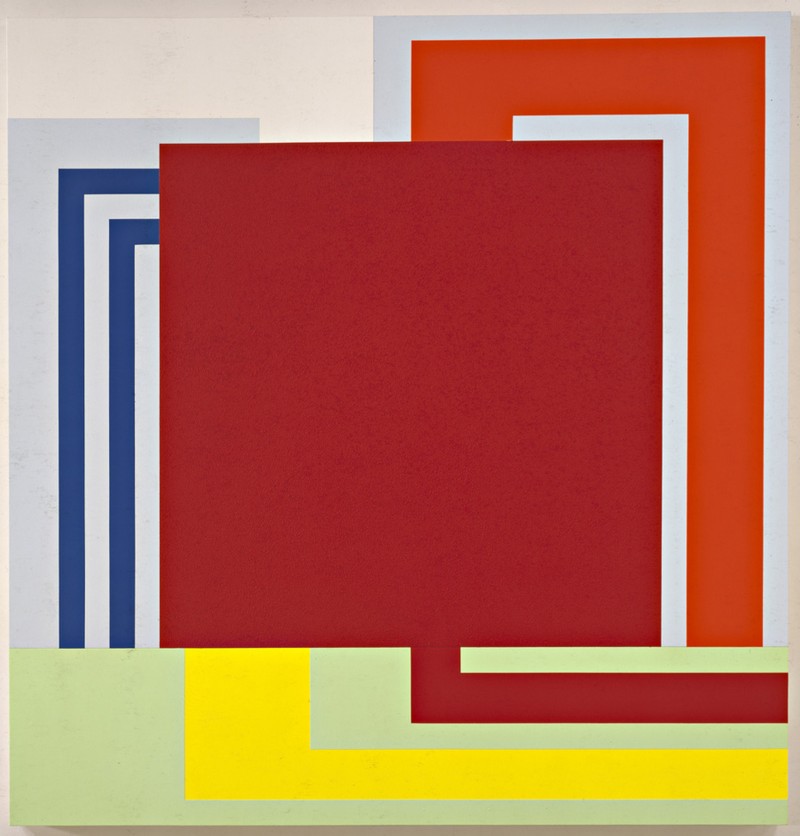
The book is organized around four themes: the utopian aims of geometric abstraction, its relationship to social space and the built environment, its relationship to the communication of ideas both through avant-garde magazines and through broadcast media, and the extension of socially inflected abstraction into everyday private and social life. The artwork is illustrated with full-page, color images, with scholarly essays addressing specific topics: Briony Fer on the internal conflict within the abstract project; Tanya Barson on two generations of abstraction in Uruguay, Argentina, and Brazil; the midcentury French interpretation of Malevich’s work as signifying the transcendence of painting, by Tom McDonough; and Jiang Jiehong on organized mass parades and political assemblies as geometric performances of collectivity in China. The book also includes an anthology of writings on Middle Eastern modernisms, covering work from Algeria, Egypt, Iran, Israel, Lebanon, and Palestine.
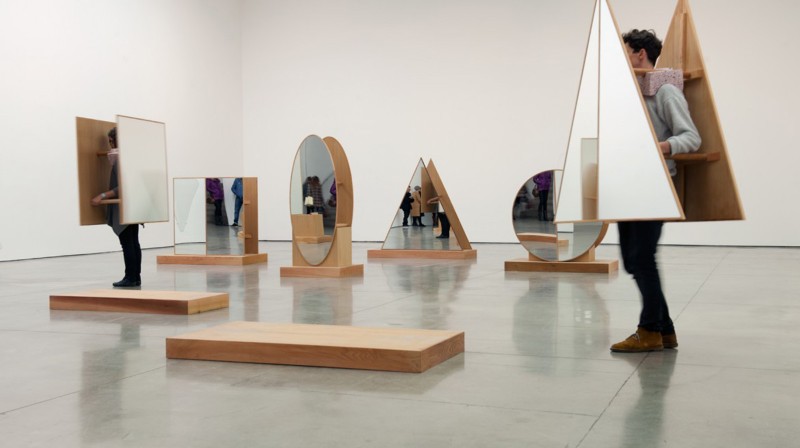
Stephan Koja, Gustav Klimt: Landscapes
(Prestel, Munich: 2013, reprint of paperback edition) ISBN 978-3-7913-2717-3
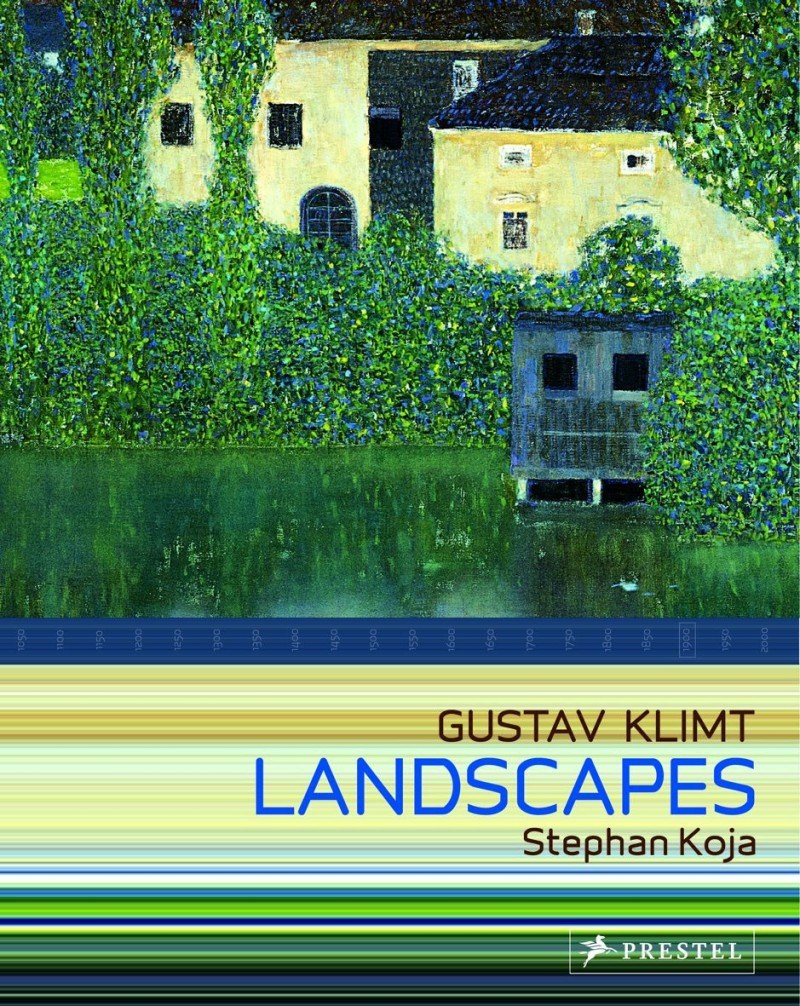
This monograph should be seen by anyone interested in late 19th-century landscape who only knows French and Francophone painting, and by fans of Klimt who think of him primarily as a portraitist. The artist would be dismayed at the distortion of his reputation. He began his career with large-scale, multi-figured paintings of historical, mythological and allegorical scenes that were esteemed by academies across Europe at the time, and were commissioned to decorate the interiors of public buildings. In reaction to criticism of a large commission for the Great Hall of the University of Vienna, Klimt turned to portraiture as his bread-and-butter work—he had five female relatives to support—and painted landscapes for sales and for himself. They were his only uncommissioned work.
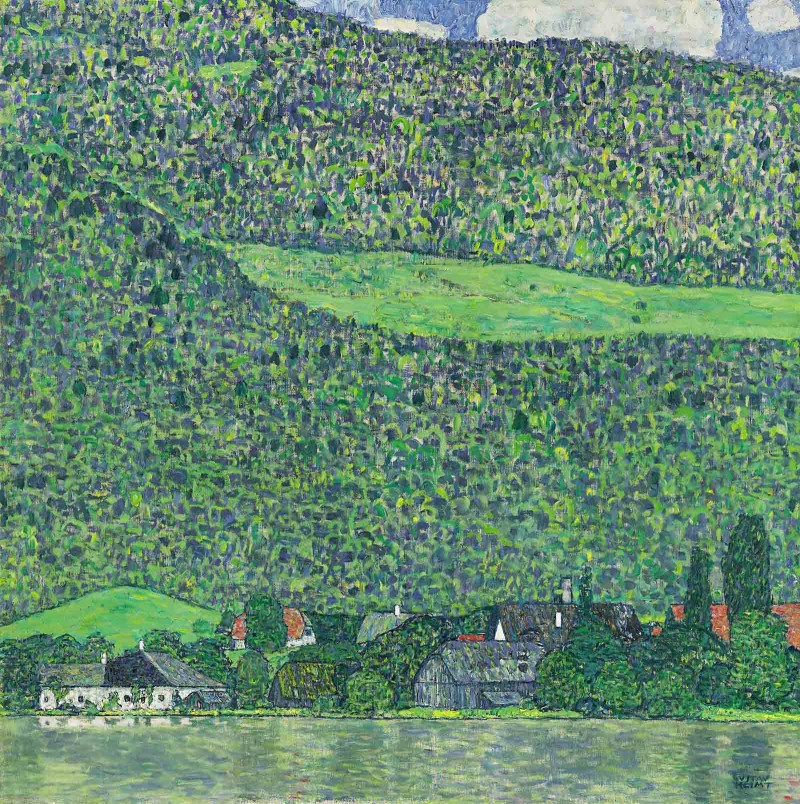
Almost half the paintings Klimt made in the last 20 years of his life were landscapes, all of them done—or at least initiated—during the summer, when the artist, like all Viennese bourgeoisie, retreated to the countryside. He always worked from life and made no independent sketches. While Klimt may have drawn on the atmospheric realism of the Viennese landscape tradition, his landscapes look like no one else’s. They are landscapes ordered and abstracted, spatially constricted and closely cropped, with paintwork at least as interesting as the ostensible subject matter.
The book fully illustrates all of Klimt’s landscapes, some with useful details, and includes extraordinary comparative and historical material and numerous photographs of the artist, his friends and family. The great majority of the paintings are still in private hands, and the few in public collections are widely dispersed, except for those in Viennese museums. Essays situate Klimt’s landscapes within the relationship between the Viennese and the countryside and the development of recreational travel, the position of landscape painting, Klimt’s relationship to the Austrian landscape tradition, theoretical ideas and technical means, including Klimt’s use of a telescope. The book includes a bibliography and a detailed biography, illustrated with photographs of Klimt’s work as hung in domestic interiors and in exhibitions.


